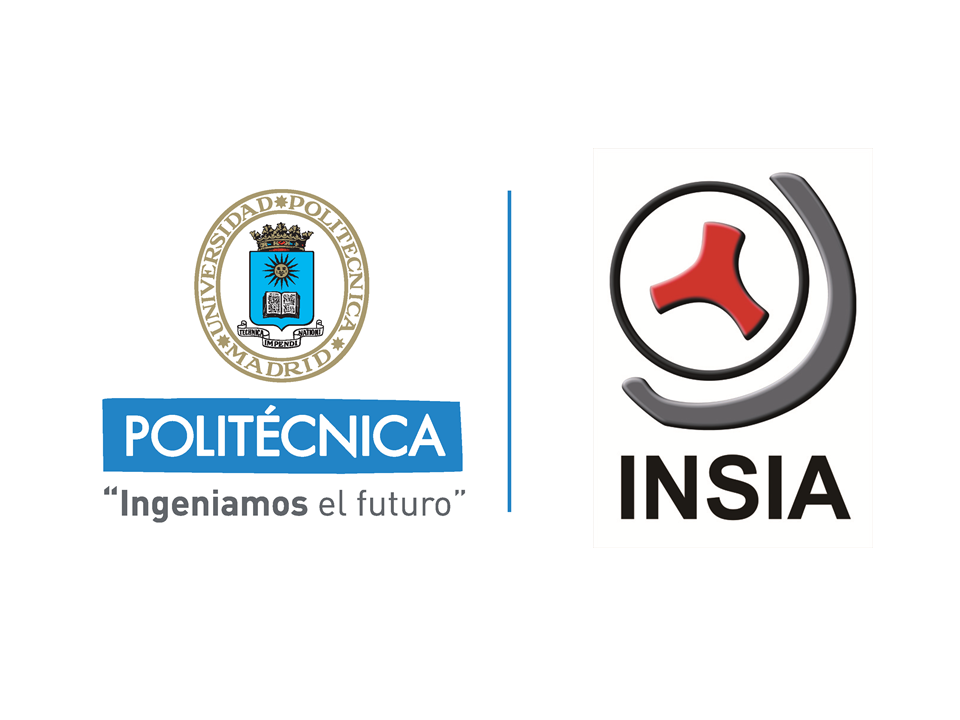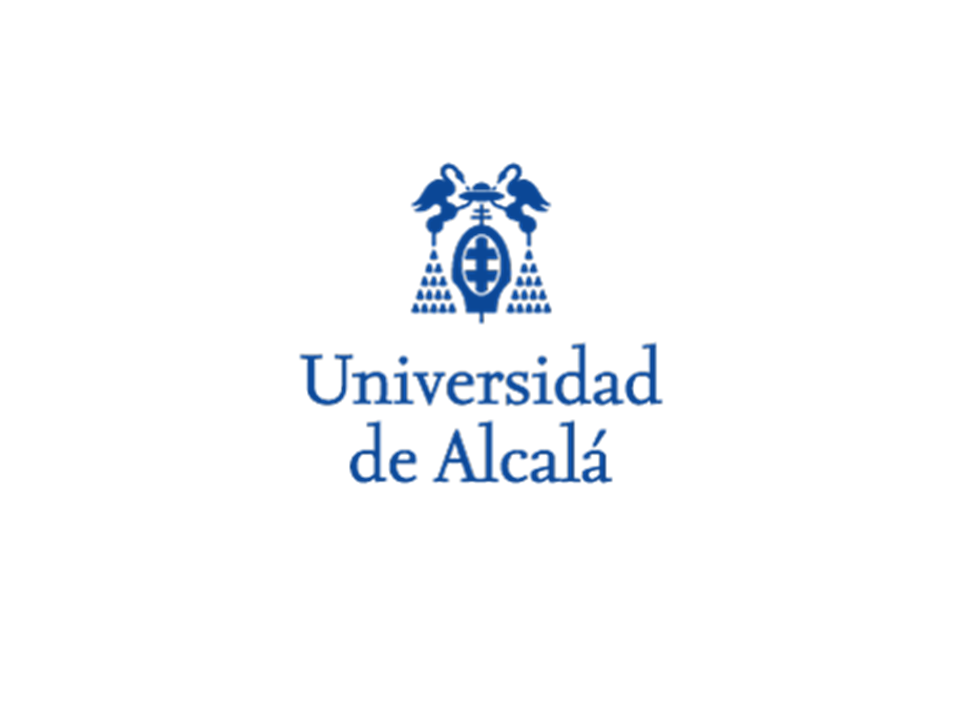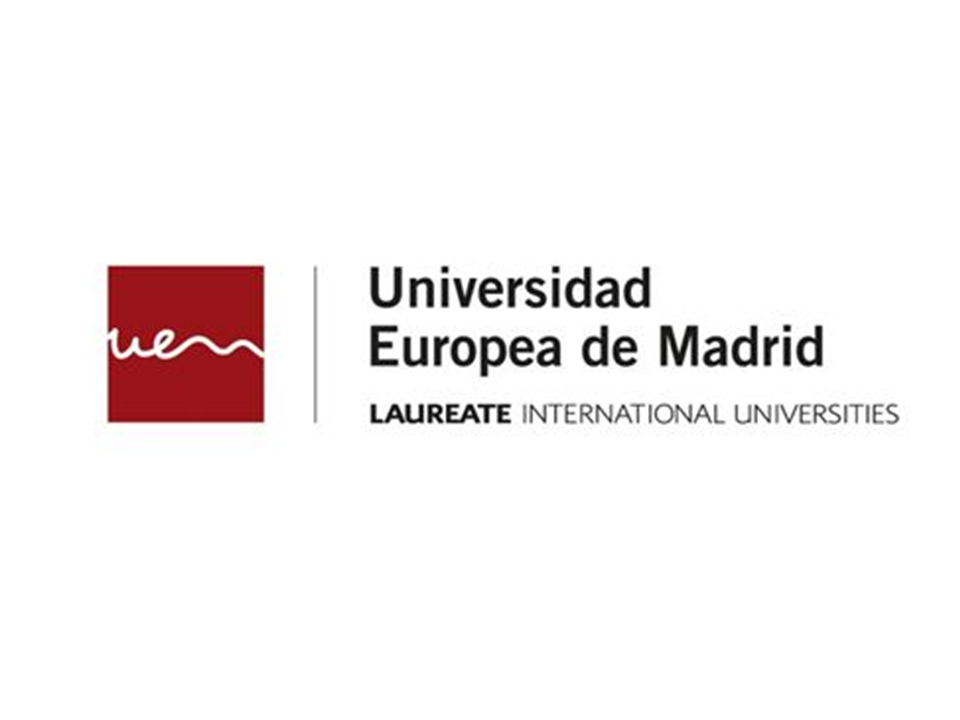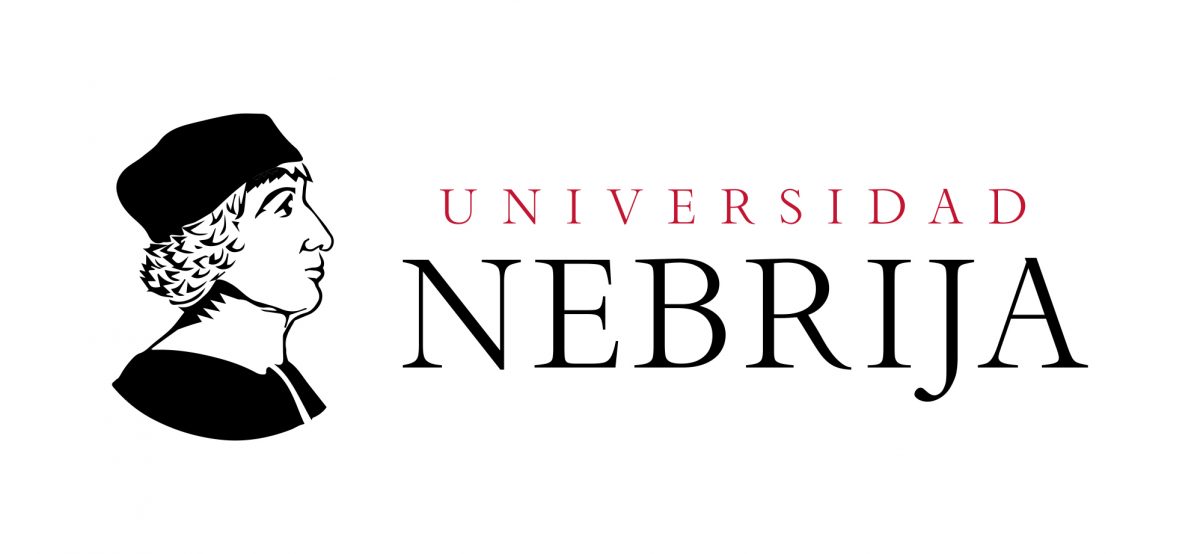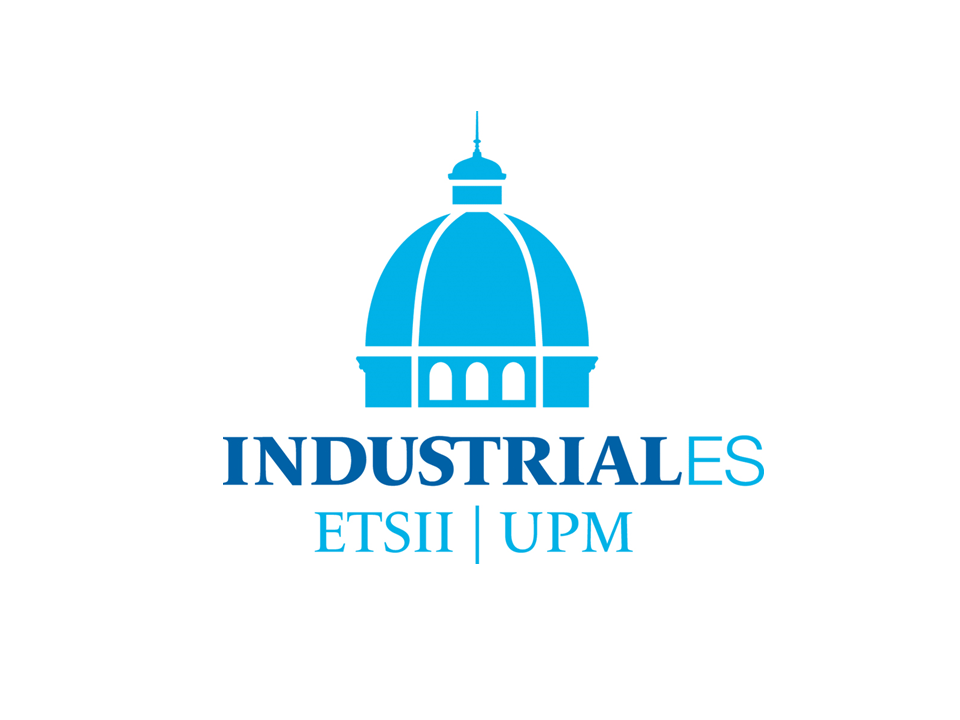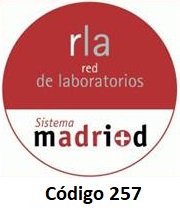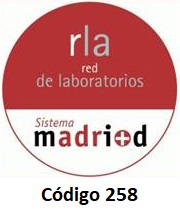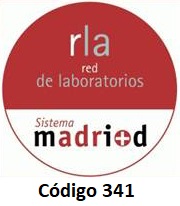SEGVAUTO 4.0 is the acronym of the scientific programme of automotive vehicle safety activities, for smart, sustainable, safe and inclusive mobility. Its main objective is the joint development of research, innovation, research training and technology transfer activities in the field of intelligent, efficient, clean, accessible and safe transport systems, through the development of activities in three disciplines: intelligent Transport Systems (ITS), Sustainable and Efficient Transportation (TSE), Vehicle Safety (SEG), together with a more cross-cutting feature that is its integrative vision, which aims to improve the quality of life of society, without anyone being left out of the next advances in mobility. Nine leading research groups from the Community of Madrid, four REDLAB laboratories, three associated groups and 37 companies, are part of their efforts to achieve these objectives. The management and coordination of this research and innovative potential (113 researchers), is assumed by INSIA, an institution that has a large research team and extensive experience in the leadership of research projects.
Objectives and research lines
The 10 objectives pursued by this programme of activities are:
- Design and development of alternative propulsion systems and auxiliary power systems for motor vehicles.
2. Development of advanced simulation tools to analyse the safety of vehicle occupants.
3. Technologies for the improvement of collective transport of people in urban and inter-urban areas: sustainability, accessibility and safety.
4. Conducción autónoma: comunicaciones, servicios cooperativos e integración con la infraestructura.
5. Conducción autónoma: fusión sensorial e interpretación del entorno.
6. Conducción autónoma: sistemas inteligentes de localización, navegación y predicción de intenciones.
7. Evaluación de los efectos sobre los accidentes y la seguridad de los sistemas inteligentes y de protección de ocupantes y usuarios de la vía.
8. Vehículos aéreos y terrestres no tripulados y su aplicación en control y gestión del tráfico.
9. Aplicación de técnicas de realidad virtual (RV) para mejorar las condiciones de seguridad de usuarios vulnerables y de ocupantes de vehículos.
10. Sistemas de iluminación y observación inteligentes aplicados a condiciones atmosféricas adversas.
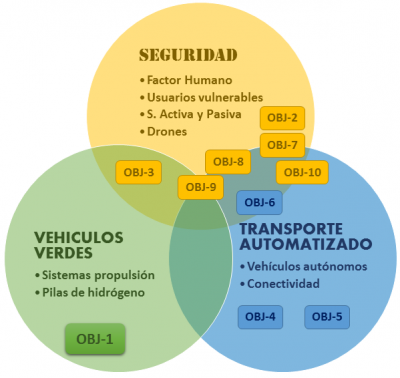
Consorcio
El Programa SEGVAUTO-4.0-CM está financiado por la Comunidad de Madrid y la UE, y liderado por el Instituto Universitario de Investigación del Automóvil (INSIA) de la Universidad Politécnica de Madrid (UPM).
Nueve grupos de investigación punteros de la Comunidad de Madrid, cuatro laboratorios integrados en la REDLAB de la CM, 2 grupos asociados y más de 40 empresas aúnan sus esfuerzos para lograr los objetivos:
Universities and Research Public Entities
Escuelas
Laboratorios
Grupos Asociados
NEWS
Ciudades sostenibles: seguridad vial de usuarios vulnerables de la vía
El acceso a sistemas de transporte asequibles, accesibles, sostenibles y seguros para todos es una prioridad en las ciudades sostenibles. La movilidad sostenible de usuarios vulnerables de la vía VRUs (peatones, ciclistas, motociclistas, y usuarios de Vehículos de...
